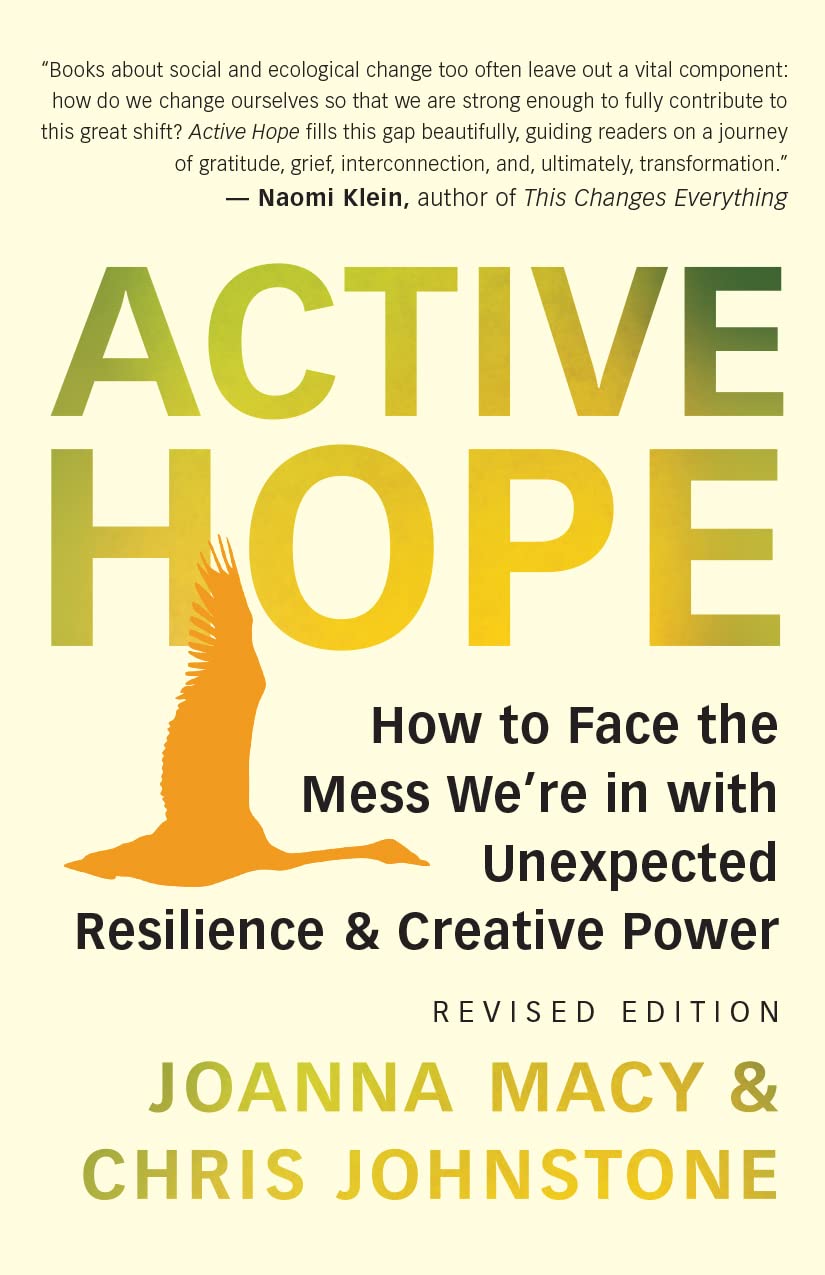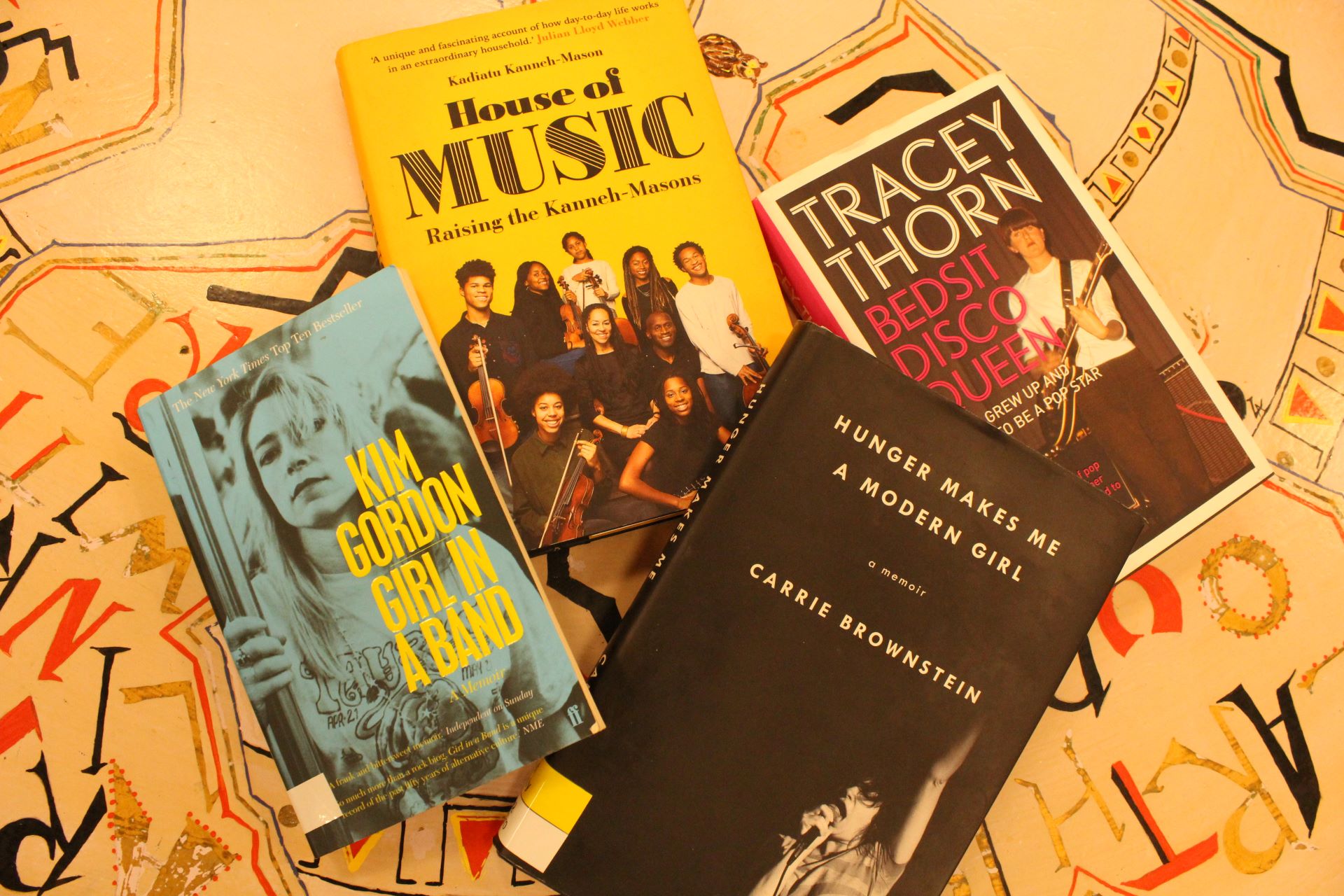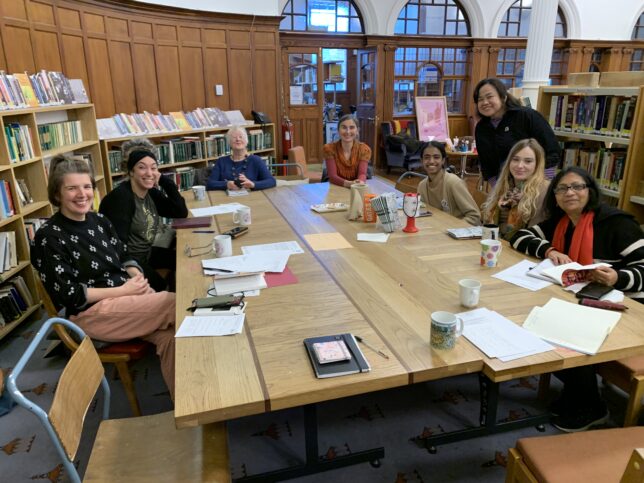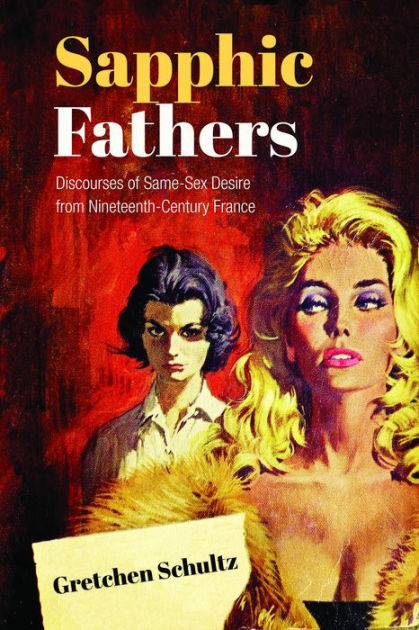
Gretchen Schultz’s new book is an important work on the meeting between French literary representations and lived identity, in the case of LGBT women during history, and pushes the argument that the tropes and themes that women’s variant sexualities were understood with during the past were often influenced by overwhelming male writers within fiction and nonfiction. The nineteenth century saw lesbian women increasingly explored in multiple manners by such men in a time where women themselves could not outright express any homosexual desires in literature. Schultz shows that LGBT identity is as defined by literary and scientific writers outside the group as much as people inside. For good or bad, 20th century understandings of lesbianism owed a debt to the Sapphic Fathers of 19th century France.
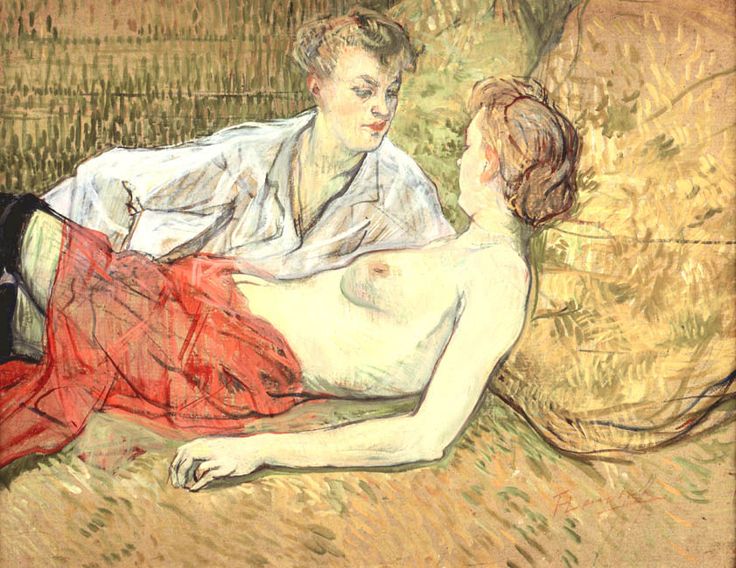
Henri de Toulouse-Lautrec, The Two Friends, 1895
The introduction explains this thesis noting how 1950s American saw lesbian groups like the DOB/Daughters of Bilitis emerge with their name derived from Pierre Louys’s Chansons de Bilitis(1894) prose poems which narrate the fictional life of Sappho’s fake contemporary Bilitis. In a nation that acted like they didn’t exist the women noted in 1955 that it was “a sensitive and searching picture of lesbian love” although to us today it is merely an objectifying portrait. Starved of accurate representation gay women take what they could get and consequently this led to groups like DOB starting book sections in their newsletters so that isolated lesbians could consume media which often did come from 19th century France. The study’s name Sapphic Fathers comes from Jean Lorrain’s summing up of these male writers who expressed an interest in same sex desire and intriguing tribades or saphistes. Before Medical writing on lesbians took off hoping to categorize and study them they were topics of fascination. Schultz suggests the overwhelming fascination of French male writers in contrast to other Europeans was due to the tumultuous century they endured that was buffered by revolutions in 1789,1830,1848 and 1871 as well as coups d’etats in 1799 and 1851 alongside unstable social cultural and economic landscapes. The lesbians depicted might have been written by men ,but they still formed identities ,lead to gay women being discoursed about by men and led to debates about the symbolism of their behavior and what it meant for sexuality, culture and even class. These pieces could both warn and arouse readers in turn show excess and then indulge fervently. Like other minority groups we cannot understand how LGBT women were understood in the 19th century without considering the voices of those judging and looking them over, able to have a voice when women often did not.
The first chapter in Schultz’s book concerns the “Poetics of Lesbian Identification” and is an exploration of how queer woman in literature were used as a literary device to explore sexuality, and intimacy in general, sometimes acting as a form of alter ego for the male author. Appealing to antiquity through setting Lesbian stories and poems in Sapphos pre-Christian life and times enabled male authors to explore same-sex female desire and passion with less reproach. In contrast modern Christian interpretations of Lesbian desire required them to be judged or placed in a tragic story. Schultz uses the examples of those Baudelaire to show this mirroring and use of female voices for exploring desire both in a more free ancient past and a modern moral present.
In the second chapter Schultz delves into the connection between popular and pornographic fiction. Novels by those like Adolphe Belot are highlighted as crossing these genres although she argues while the latter were erotic sexual works strictly for males the former could be read by women and worked to warn society of its sexual ills among others. Belot’s lesbians though explored sexually are then disposed of for France’s betterment via insanity,disease,murder and death.
The third chapter “Dystopian Sapphism Anti-Feminism, Class Warfare and the Elite Novel at the Fin de Siècle” focuses on the role between sexuality in women and their class and respectability. As the quoted Mendes Mephistophela says at the chapter’s beginning the two conditions of womanhood are “prostitution and aristocracy ,the whore and the lady”The Fin de Siecles was the end point of a period dominated by a pessimistic political and philosophic outlook. Female homosexual desire was a simple signifier of cultural decline not something for boosting sales in higher literary works. The end of the 19th century saw France polarized between secularism and religion, republican radicals against monarchists and Bonapartists and the rise of feminism and work movements. Female independence of such an explicit sexual nature thus had to be seen as a threat and sign of modern day decline. Chapter four looks at how gradually medical texts on “deviant” sexualities grew more common making sexual women scientific objects of study instead of lust.
The final chapter concludes by looking at “Intertexts and afterlives from the French canon to US lesbian pulps” and how French literature so influenced U.S Queer pulp. The characters populating these French movement could help blossoming queer spaces during the 20th century imagine an imaginary Sapphic world. Schultz argues that while the rise of the LGBT movement and the acceptance of sexualities outside heterosexuality has enabled the rise of subjective Gay literature by people who identify as LGBT ,there is also objective Lesbian literature include all the male figures who used ,eroticized or condemned lesbians ,as despite not being subjective examples, these portrayals have been profoundly influential. Directly after at the new century’s start works like Colette’s Claudine a l’Ecole (1900), Liane de Pougy’s Idylle Saphique(1901) and Natalie Clifford Barney’s Cinq Petits Dialogues Grecs (1902) had traces of their tropes within them and Belle Epoque Paris welcomed new female writers. This period acted as a bridge between the male writers of the 19th century and the pulp writers and emerging female subjective lesbian writers of the mid-20th century in the USA. As Elaine Marks notes a “thematic transformation” took place with women beginning to write about women loving women. What corpus existed for them to examine their own lives and loves in these early days of expression was a complicated and fractured one loaned from different places like 19th century France in which they were understood variously as Schultz shows us throughout her engaging work.

